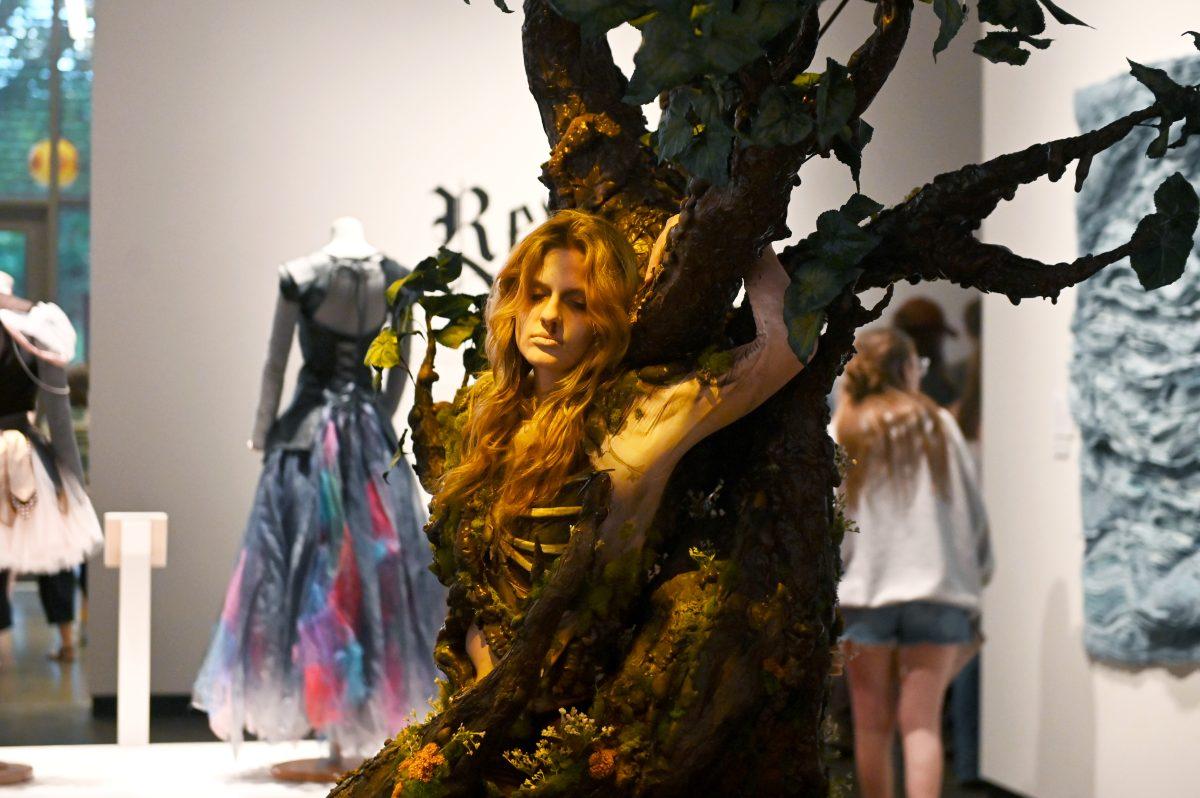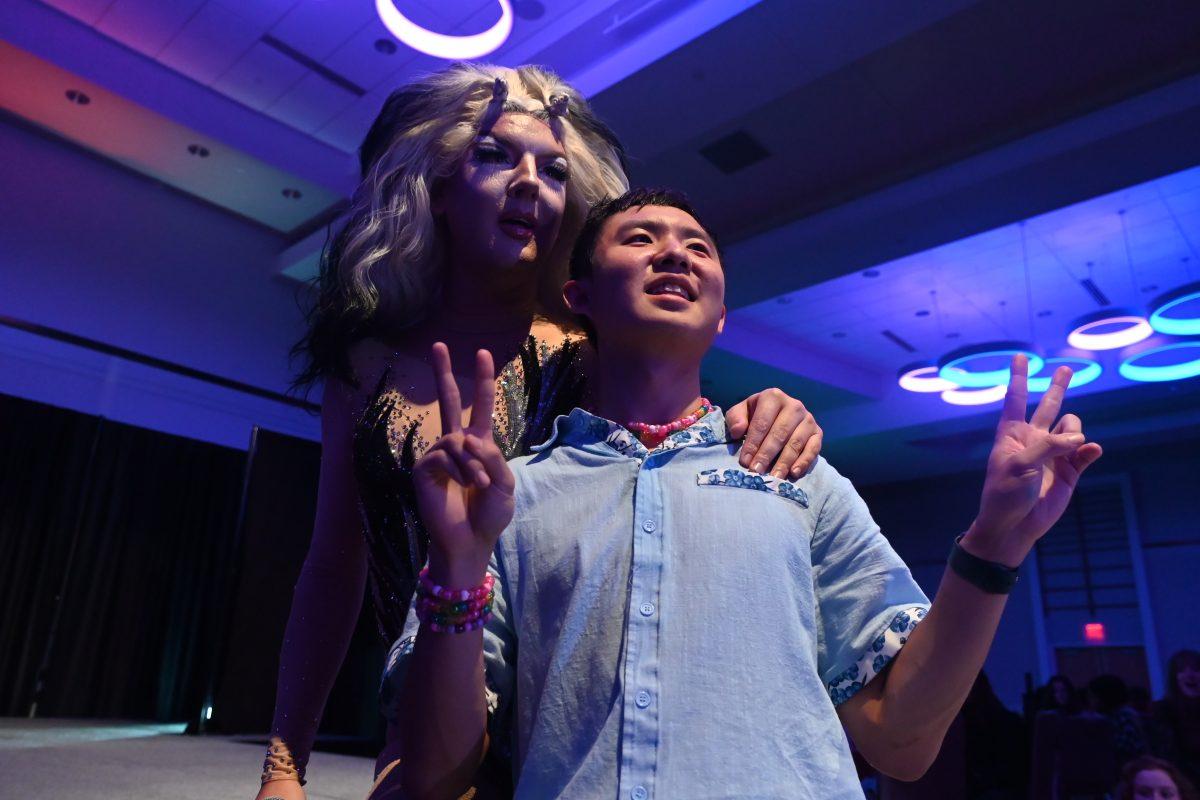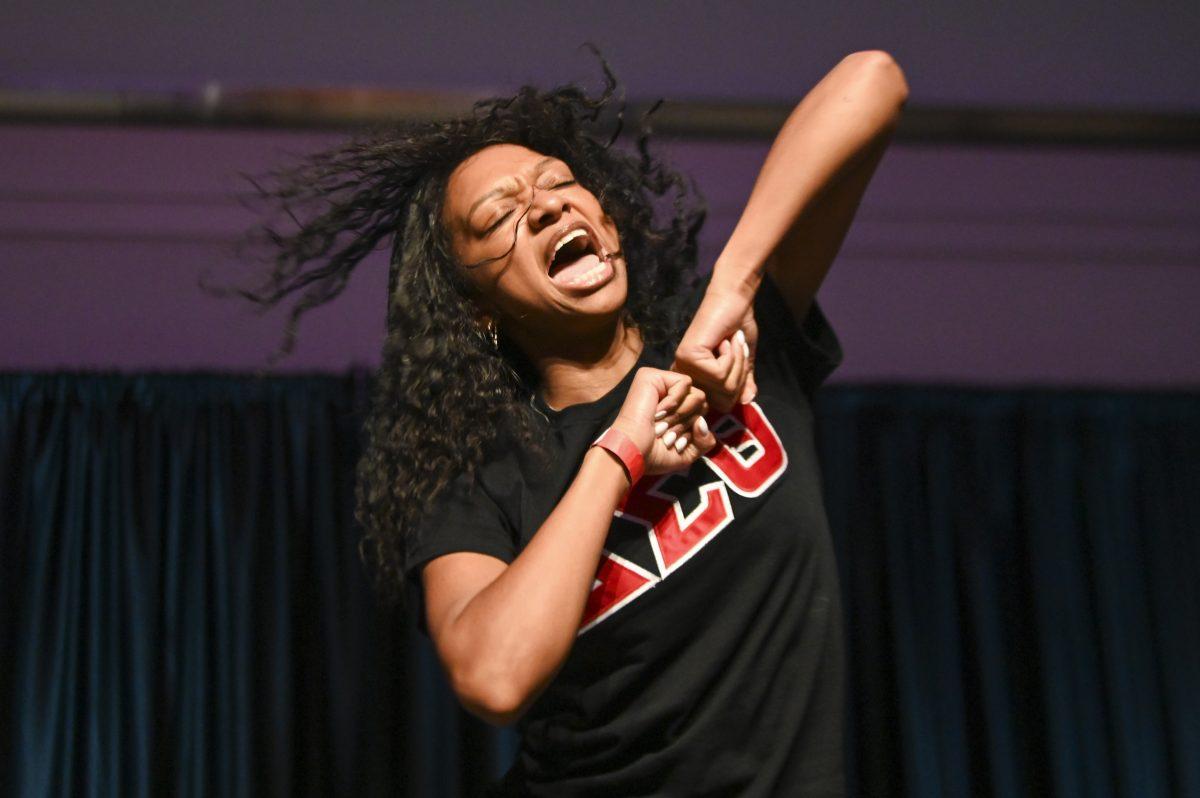With Halloween fast approaching, horror movies featuring vampires, zombies and reanimated creatures will grace the screens of most major television networks. But where did the holiday legends get their start?
Roland Kays, a research associate professor at N.C. State, has studied a few mythological origins and how they relate to food sciences.
Kays said he had been doing research and a number of outreach events about the evolution of food in various cultures when he discovered the correlation between food and stories.
“It started on the food side of things,” Kays said. “Then I was looking for interesting food ingredients that had interesting evolutionary and cultural stories. Looking at particular ingredients that had these cultural and scientific connections and when I started looking into these different situations I ran into a couple that had these Halloween connections.”
It was at that point that Kays turned his interests toward myths.
“The one that got me started was the idea that the vampire myth has connections with Eastern Europeans suffering from pellagra,” Kays said.
Pellagra is a vitamin deficiency caused by not getting enough niacin, or vitamin B3.
“The disease has symptoms that are similar to sort of the classic vampire traits, such as being sensitive to the sun, blood around the lips and exposed teeth, and going psychotic,” Kays said. “Some people think that this was sort of warped into the original Count Dracula myth.”
According to Kays, Eastern Europeans were particularly susceptible to coming down with pellagra.
“Interestingly the people in Eastern Europe who were suffering from pellagra were getting it because they were eating too much untreated corn,” Kays said. “This is where the food connection comes in. Corn had just recently been introduced in the area, it was originally an American crop, and the Native Americans would treat it with lye to release the niacin in the corn, but if you don’t treat it with a base, [the niacin] is not available.”
Kays said that while the crop moved to the Old World, the Native Americans’ recipes did not.
“The Native Americans had been living with it for a long time and had evolved their cooking recipe to make it a well-rounded food type,” Kays said. “When it moved to Europe, they didn’t bring those recipes with them.”
Most corn was made into porridge and became the main staple in the people’s diets. Because the porridge was a simple corn meal, the consumer wouldn’t get a well-balanced meal and would eventually develop pellagra. Kays said a vast majority of infected people lived in poverty because they relied too heavily on the corn for their diet.
Films like “World War Z” and “Warm Bodies” have stoked the fire under the undead fan base, but Kays said fans of zombie lore are often surprised to know that the zombie finds its roots in Haitian culture.
“The Voodoo religion and the witch doctors associated with that use a poison that comes from puffer fish to basically kill people and bring them into a ‘zombified’ state,” Kays said.
Voodoo sorcerers employ a powdered drug cocktail composed of a hodgepodge of nasty ingredients such as human remains, poisoned frogs and puffer fish to trigger zombification.
Puffer fish contain tetrodotoxin, one of the most potent neurotoxins known to man.
Kays said the same fish is used in Japan for food, but chefs are trained to carefully cut out the poison glands.
“It’s kind of an interesting case where the same food ingredient is used differently by different cultures,” Kays said.
“The witch story is related to the rye grain from the European Middle Ages and a fungus that grows on it called ergot,” Kays said.
According to Kays, ergot contains psychoactive chemicals that were used to derive LSD.
Kays said the people accidently consuming ergot were unaware of its psychoactive effects.
“People would start to go crazy and have other health problems,” Kays said. “That sort of led to this mix with small-town politics and ended up with the Salem, Mass., witch trials.”
The modern monsters familiar to Halloween culture are products of societal flaws that have been transformed into entertainment as they subsided.
“These myths are going to have multiple influences and it’s not going to be one thing that created these myths,” Kays said. “These myths have been evolving in our culture for thousands of years. They warp and change to reflect each culture and whatever types of experiences those cultures are having.”







